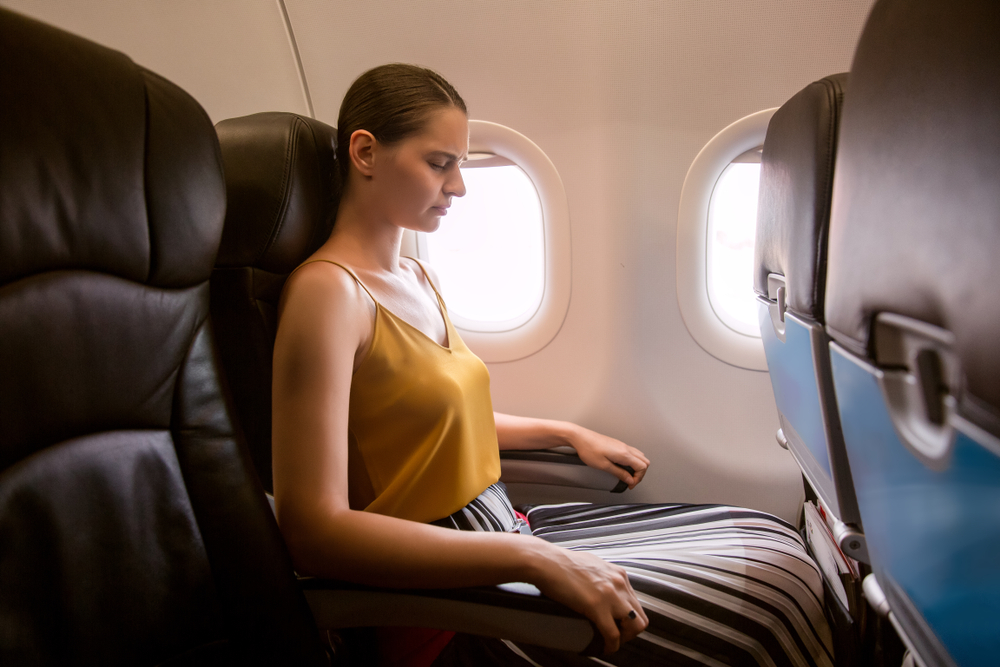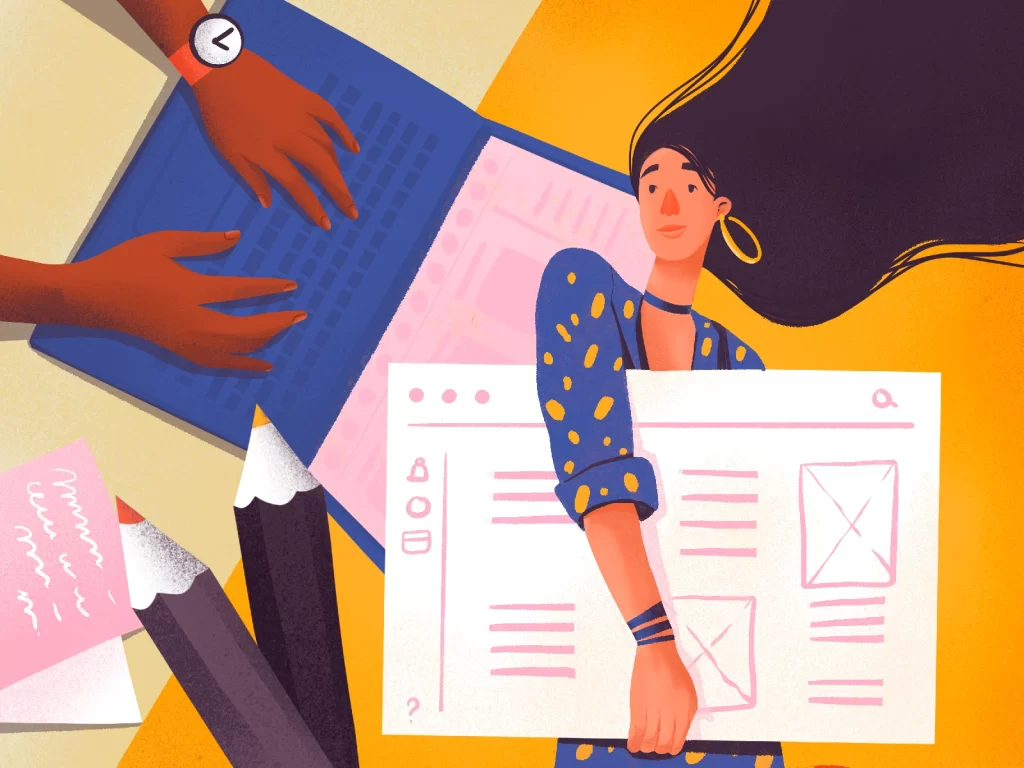Statistically 10% of people refuse to fly because of fear, and 85% of passengers feel discomfort before the upcoming flight. Surely you, too, sometimes try to mentally support the pilot on takeoff and landing, listening to whether everything is okay with the engine, and worrying whether the vibrating wing can withstand the load. Psychologists believe that fears that don’t limit our life and don’t affect the choice of how to move can be attributed to the norm.
Another thing is if within a few days you start thinking about flying, studying the device of the plane and statistics of air accidents, experiencing excruciating fear up to the refusal to fly – then it’s better to consult specialists.
Causes and Symptoms of Aerophobia
Why are some people completely unconcerned about the flight, while others begin to panic at the mere thought of the plane? Psychologists don’t give an unambiguous reason. It may be a fear of heights, or a belief formed in childhood or under the influence of the media, catastrophizing air travel. In many cases, panic is caused by an inability to control the process and somehow influence the situation.
Symptoms of aerophobia can be physiological and psychological:
- Physiological symptoms: nausea, general malaise, tremors, increased sweating, diarrhea and other gastrointestinal disorders, breathing problems, dizziness, muscle tension.
- Psychological symptoms: panic attacks, disorientation, irritability, inability to think soberly, pessimism and sadness.
How to Fight Aerophobia on Your Own
Think about where you want to go the most. Preferably, this place should be on another continent so that you can’t get there by train or car. The dream is more likely to compel action.
Think of Distractions
If you have decided to buy a ticket and have already stepped on board, congratulations! You’re already a hero! So as not to worry during takeoff and landing, think of something to do during this time. Perhaps this will be a movie that you haven’t watched enough at home, a sports event you want to bet via Bet20, or a book that you’ve been putting off for a long time, or a report that you need to turn in upon arrival. Games are even better at capturing attention.
Explore the Ranking of the Safest Airlines in the World
Understandably, the statistics are not much of a comfort, but it’s more pleasant to fly on the safest airplane. AirlineRatings.com ranks the safest airlines. Qantas has held the top spot for decades. The list is also compiled among the low-cost carriers.
Choose Stable Seats on the Plane
The seats in the airplane’s wings are the least affected by turbulence. The worst part of the cabin is the tail section. If you have a fear of heights, sit in an aisle seat.
Apps for Combating Aerophobia
Download mobile apps developed by professional pilots and psychologists. They will not only provide psychological help, but also distract you from anxious thoughts:
- No_Fear. The app works with panic attacks and aerophobia, vestibular problems and fear of heights. The app has two parts: “learning” (learn about the causes of fear, proper reactions, and control) and “training” (practicing reactions to painful situations using virtual reality technology).
- ANA Takeoff Mode. A clever puzzle game in which you have to control a balloon, captures your attention and distracts you from what is happening on board. A special relaxing melody adjusts to the noise in the cockpit and increases the volume when the engines go into takeoff mode.
- Sky Guru. Imagine having a pilot sitting next to you and explaining every sound, roll, sensation, warning and telling you about turbulence zones, what sights and cities are whizzing by below. Sky Guru gets information about your upcoming flight from professional aviation sources used by airlines when planning flights. And further it “translates” it into human language. The app works in airplane mode.
Learn About Airline Training
Sometimes courses to combat fears are organized by the airlines themselves. “Conquer your fear of flying!” – calls the budget carrier Easyjet, inviting everyone to its Fearless Flying courses. Tourists are invited to listen to a lecture by experts and then take a test flight from a local airport to practice their skills

